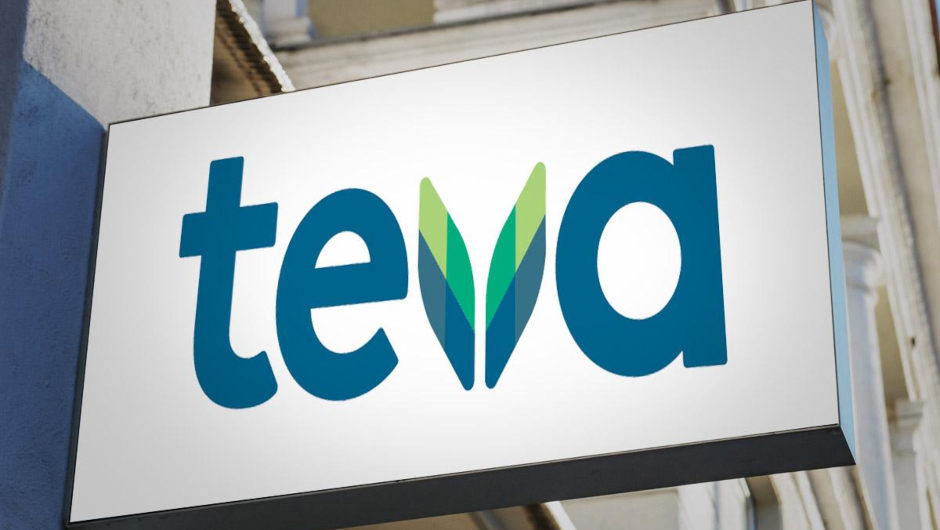A sting in the tail

Tail risk has emerged as an overlooked pain in corporate FX management during the current crisis.
Before the Covid-19 pandemic disrupted economies and supply chains across the world, treasurers judged that hedging emerging market FX exposure was often not worth the expense. Now, tail risk is back with a vengeance and corporates that had up to now not hedged these currencies are reevaluating their risk models accordingly.
“What hurt us, among other things, was certain elements of tail risk” says Tomer Amitai, SVP, Corporate Treasurer and Head of Insurance & Risk Management at Teva, a global pharmaceuticals company headquartered in Israel. “By definition, tail risk is very hard to determine and quantify even with value at risk style analysis, and exotic currencies such as the Brazilian real and Ukrainian hryvnia were particularly volatile during the crisis. As a matter of policy, they are the currencies that we do not hedge, but they are the ones that caused us the most impact relative to the size of our underlying exposure to them.”

The tail risk emerged due to Teva’s long term strategy not to hedge volatile, costly currencies from certain emerging markets. But with the tail risk materialising due to the Covid-19 crisis, Amitai is now reevaluating the effectiveness of that strategy. For example, the Brazilian real plunged by 36.9% against the dollar from mid-February to mid-May this year, the Ukrainian Hryvnia fell 18% between January and late March, while the Argentine peso is down 21.4% against the dollar in 2020.
“We had always said for our long term strategy, that it’s not worthwhile hedging those specific currencies,” says Amitai. “When the crisis is over, one of the things we will look back on is the effectiveness of this policy, because we did incur quite a bit of the FX losses that we’ve seen out of these currencies. We need to validate our policy and see whether it makes sense for us to start hedging at least some of these currencies going forward.”
In markets such as Latin America or Asia, the FX losses that Teva incurred were quite substantial compared to the operating profits of these markets. However, when looked at in the bigger picture at the corporate level, the losses are a lot less material.
“As we are now starting to think about next year’s operating plan, something we always do in the middle of the financial year, we will definitely give consideration as to whether we should hedge these currencies” Amitai says. “If we do decide to go in that direction, we would then explore which hedging tools to use, such as whether to use options or not, for example”.
As FX options allow treasurers the right – but not the obligation – to buy or sell a currency pair at an agreed exchange rate at a future date, they are a particularly useful hedging tool against tail risk. Other corporates, including a US-headquartered global consumer products firm, also identified the tail risk created by the Covid-19 crisis, and have taken steps to mitigate it.
“We’ve identified certain currency pairs that we were not previously hedging” explained a treasurer from the EMEA arm of the consumer products firm. “The gains or losses from those tended to be quite minimal in normal times. But we realised in this period of currency volatility that it is worth hedging those currency pairs, just to ensure that the gains or losses are kept to a minimum. This is one change we’ve implemented as a result of the crisis”.
Hedging flexibility
Teva Pharmaceuticals entered the crisis with hedging plans in place that had been developed over several years. As of 31 December 31 2019, the company had long and short forwards and currency option contracts with a corresponding notional amount of approximately $2.7 billion and $1.1 billion, respectively.
“We try to cover the vast majority of FX risks that our company is facing from selling in more than 60 countries across more than 50 currency pairs with exposures in the billions of dollars” says Amitai. “When we look back at our operating plan hedge, we were able to offset around 60-70% of the loss that we were carrying on the underlying exposure”.
At the consumer products firm, the company has been able to avoid hedging, particularly in emerging markets, by funding in local currencies.
“In normal times, funding would have been done through intercompany loans in US dollars” said the treasurer. “During the current crisis, where we can we have done funding in local currencies. This means you don’t create any need to hedge intercompany loans, which has particularly helped during this period of volatility”.
Accountancy challenges
As well as having to mitigate external market risks, treasurers have also found themselves challenged by certain issues created internally.
“Probably my hardest challenge has been when the accountants have been sitting on an invoice for two or three weeks, and then when they post it they record it with the exchange rate of the day that the event occurred” commented the consumer products firm treasurer. “You’re trying to hedge something three weeks later, which obviously can’t happen”.
That eventuality requires treasury to reinforce with the accounting team and the AP team the importance of the transaction lifecycle.
“It is something we’ve done before, but it was just a matter of reminding those teams about the importance of posting entries of time, with their manual processes, so that we don’t have any issues coming from such processes going forward” the treasurer said.
The consumer products firm has a process in place to understand the underlying causes of currency value changes, which has highlighted the accountancy issue.
“We’ve got a process at the end of the month to identify the drivers of any currency gains or losses, whether it be forward points slippage or accounting entries” explained the treasurer. “Throughout this crisis, things like slippage have been quite minimal because we’ve been hedging our currency exposures on time”.
Discover more FX insights from corporate treasurers around the world at International Treasury Management Virtual Week